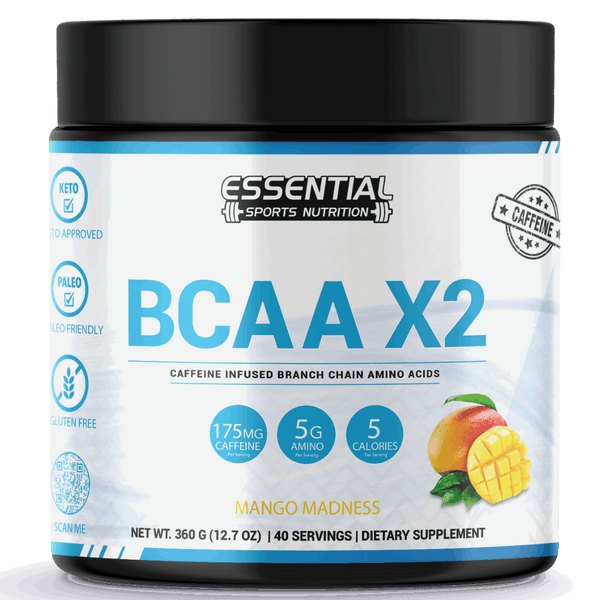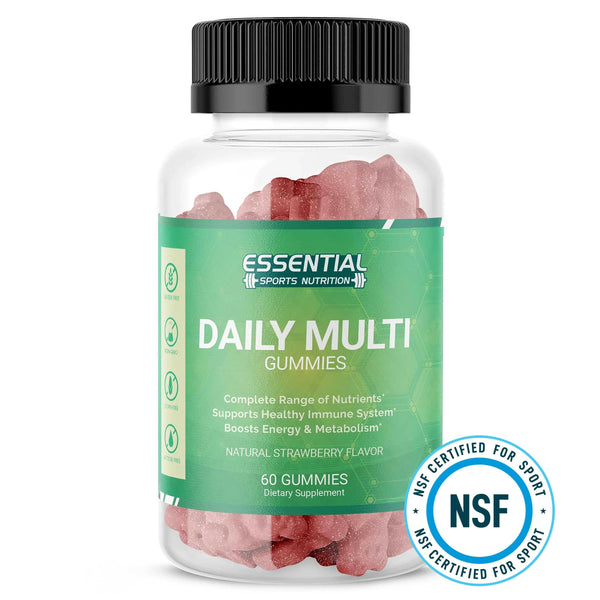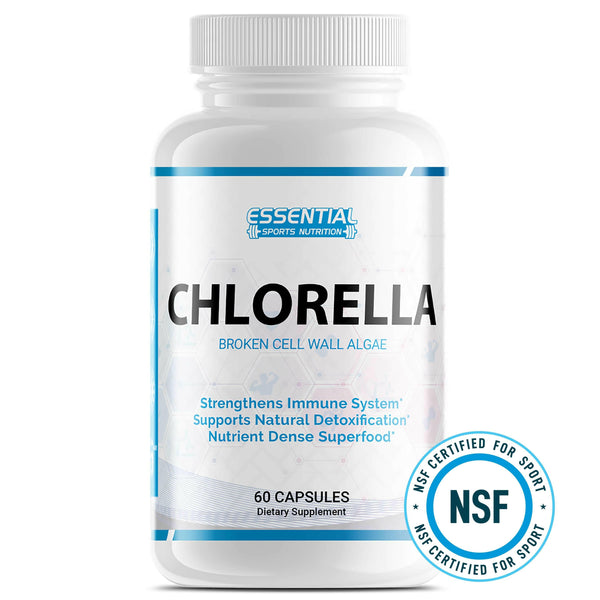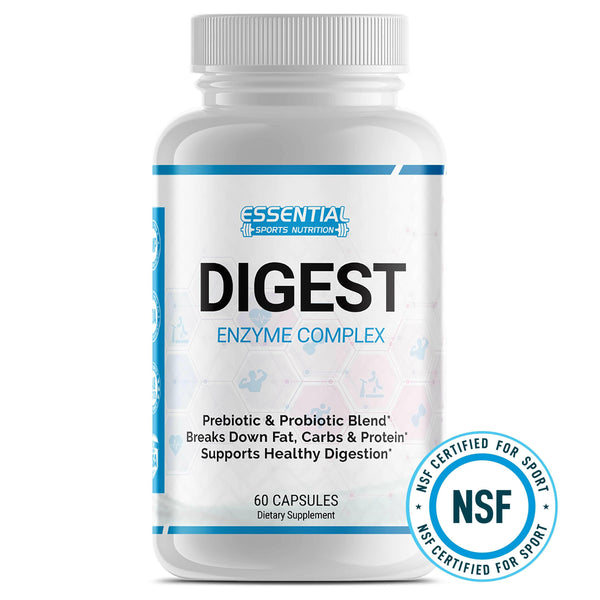Best Shoulder Exercises for Muscle Strength
Just as a well-oiled hinge enables a door to swing smoothly and without complaint, well-exercised shoulders allow you to move through life with ease and strength. You've likely heard that the shoulder joint is one of the most mobile—and consequently, most vulnerable—in the body, so it's no surprise that keeping it strong and flexible is crucial to your daily function. Whether you're reaching up to grab a book off a high shelf or powering through a swim session, your shoulders are the unsung heroes of your upper body. Now, consider this: only with the right combination of exercises can you truly fortify this pivotal area against injury and wear. So, what movements should you include in your routine to ensure your shoulders remain robust and resilient? Stay with me, and we'll explore the various ways you can support these critical joints, ensuring they continue to serve you well without a hitch.

Key Takeaways
-
The shoulder joint is one of the most mobile and vulnerable joints in the body.
-
The anterior, side, and posterior delts are the main muscles of the shoulder.
-
Warm-up movements include arm circles, shoulder rolls, resistance band exercises, and dynamic stretching.
-
Strengthening exercises like seated dumbbell press, dumbbell lateral raise, and machine shoulder press target different parts of the deltoid muscles.
Understanding the intricate anatomy of your shoulder is crucial as it's comprised of various muscles like the front, side, and rear delts, each playing a pivotal role in arm movement and joint stability. To build shoulder strength effectively, it's essential to target these muscles through specific shoulder workouts. Your anterior deltoid, or front delt, is activated during movements that lift your arms forward, making exercises such as the overhead press and barbell front raise integral for its development.
Meanwhile, the side delts are engaged when you lift your arms out to the sides. Isolation exercises like lateral raises are key to sculpting this area. Your posterior deltoids, at the back, come into play when you draw your shoulder blades back or perform any movement that requires external rotation of the upper arm, essential for a balanced upper back.
Incorporating resistance training that involves the rotator cuff is also vital for shoulder joint health and stability. The rotator cuff, a group of muscles and tendons, supports the shoulder during various exercises and daily activities. Ensuring these muscles are strong and flexible can prevent injuries and contribute to overall shoulder function and mobility.
Warm-Up Movements
Before engaging in shoulder-specific exercises, it's vital to perform warm-up movements to prepare your muscles and joints for the upcoming demands. Warm-up movements increase blood flow and flexibility, which are critical in preventing injuries and enhancing the effectiveness of your workout.
Here's what you can do:
-
Start with arm circles: From a standing position, extend your arms straight out to the sides. Slowly make small circles, gradually increasing the size to use the full range of motion. Keep your shoulder blades together to engage the proper muscles.
-
Incorporate shoulder rolls: With a slight bend in your elbows, move your arms in a circular motion, rolling your shoulders forward and then backward.
-
Try light resistance band exercises: Begin with the band in both hands, arms straight in front of you at shoulder level with palms facing down. Move your arms outward while squeezing your shoulder blades together, then return to the starting position.
-
Engage in dynamic stretching: Raise your arms in front of you and then swing them out to the sides and overhead. Alternate the movements to warm up the shoulder girdle through a full range of motion.
Strengthening Shoulder Exercises
To effectively bolster your shoulder strength, it's crucial to incorporate a variety of exercises that target the different muscles within this complex joint. Engaging in strength training for your shoulders not only enhances muscle tone but also improves overall upper-body function. The best shoulder exercises embody a mix of movements that challenge your muscles in different ways.
Consider the seated dumbbell shoulder press, a foundational move that targets your deltoids. For balanced strength, you can't overlook the importance of the rear delt, which can be worked through exercises like the reverse fly. Here's a breakdown to help you visualize:
| Exercise | Target Muscles |
|---|---|
| Seated Dumbbell Press | Anterior & Medial Delt |
| Dumbbell Lateral Raise | Medial Delt |
| Machine Shoulder Press | Overall Deltoid Muscle |
When performing the dumbbell lateral raise, ensure you're lifting with control to maximize engagement without swinging. Similarly, with a machine shoulder press, it's vital to adjust the seat and handles to fit your frame to prevent injury and ensure effectiveness.
Incorporating these exercises into your routine twice a week, alongside other upper-body workouts, can lead to significant strength gains. Remember to choose a weight that allows for 10 solid reps, with a couple left in reserve. Always prioritize form over heaviness to build strength safely and sustainably.
Stretching for Flexibility
Incorporating stretching exercises into your shoulder routine can enhance flexibility and significantly lower the risk of sustaining injuries during strength training. Stretching for flexibility is not just about preventing shoulder pain; it's about maintaining the health and functionality of your shoulder joints. Here are key stretches to incorporate into your routine:
-
Pendulum Stretch: Lean your torso forward, resting one hand on a table for support. Let your other arm hang straight down and swing it gently in circular motions. This can help lubricate the shoulder joint.
-
Crossover Arm Stretch: Gently pull one arm straight across your chest toward the opposite shoulder, keeping the elbow bent. Hold without pain to stretch the shoulder blades and upper back.
-
Internal/External Rotation: With your elbow bent at shoulder height, rotate your forearm towards and away from your torso to work the rotator cuff muscles. Use a light resistance band or a door handle for passive assistance.
-
Wall Slides: Stand with your back against the wall, arms at shoulder height. Slide your arms up, trying to keep your hands and shoulder blades against the wall to round your back and maintain good form.
Shoulder Recovery Tips

After focusing on stretches that enhance shoulder flexibility, it's crucial to discuss how to foster recovery and prevent injury during your exercise regimen. One of the key shoulder recovery tips is to warm up before diving into your workout. This means performing dynamic stretches that simulate the movements you'll be doing.
When you're selecting exercises, make sure the weight allows you to maintain proper form for at least 10 reps per set. If you find yourself straining, it's time to lower the weight. This ensures you're working within your capacity and not overloading your muscles, which can lead to injury.
As you perform each exercise, concentrate on the movement. Slowly bring the weight up and then return to the starting position with control. It's not just about lifting; lowering the weight is just as important for muscle development and safety.
Throughout your shoulder workouts, focus on form. Squeeze your shoulder blades together and keep them engaged. This action helps to pull your shoulder blades down and back, providing stability and reducing the risk of injury.
Remember to rest. Don't work the same muscle group on consecutive days; muscles need time to repair and strengthen. Following these shoulder recovery tips will help you make consistent progress while keeping your shoulders safe.
Shoulder Workout FAQs:
Q: What are the best shoulder exercises for building muscle and strength?
A: Some of the best shoulder exercises for building muscle and strength include the dumbbell shoulder press, shoulder raises, resistance band exercises, and shoulder circles. These exercises target different parts of the shoulder muscles and can help in developing overall shoulder strength.
Q: How can I train my shoulders effectively?
A: To effectively train your shoulders, incorporate exercises like the shoulder press, lateral raises, reverse flies, and upright rows into your workout routine. Focus on using heavier weights and maintaining proper form to challenge the shoulder muscles for optimal growth and strength.
Q: What is the importance of shoulder mobility in shoulder training?
A: Shoulder mobility plays a crucial role in shoulder training as it allows for a full range of motion during exercises, thus preventing injuries and enhancing overall shoulder strength. Including exercises that promote shoulder mobility, such as shoulder dislocations and shoulder mobility drills, can improve shoulder health and performance.
Q: Can you suggest some effective shoulder exercises for building muscle mass?
A: Some effective shoulder exercises for building muscle mass include the dumbbell shoulder press, Arnold press, lateral raises, and front raises. These exercises target the deltoid muscles and can contribute to muscular development in the shoulders.
Q: How can I perform shoulder exercises with a pair of dumbbells?
A: When performing shoulder exercises with a pair of dumbbells, ensure that you maintain proper form, lift the weights in a controlled manner, and focus on engaging the shoulder muscles throughout the movement. Common exercises using dumbbells include shoulder presses, lateral raises, and front raises.
Q: What are some of the best compound exercises for training the shoulders?
A: Compound exercises that effectively train the shoulders include the overhead press, push press, and upright rows. These exercises not only target the shoulder muscles but also engage additional muscle groups, providing a comprehensive upper-body workout.
Q: How can I prevent shoulder injuries during shoulder exercises?
A: To prevent shoulder injuries during shoulder exercises, it is important to warm up adequately, use proper lifting techniques, avoid lifting excessively heavy weights, and listen to your body for any signs of discomfort. Additionally, focusing on correct posture and alignment can help in reducing the risk of shoulder injuries.
Q: What are some favorite shoulder exercises among fitness enthusiasts?
A: Among fitness enthusiasts, favorite shoulder exercises often include the standing dumbbell press, lateral raises, and reverse flies. These exercises are popular for targeting the shoulder muscles and promoting overall shoulder strength and development.
Q: How can I effectively train the front of my shoulders?
A: To effectively train the front of your shoulders, incorporate exercises such as front raises, overhead presses, and push presses into your workout routine. Utilizing heavier weights and focusing on controlled movements can effectively target and strengthen the front deltoids.
Q: What are the benefits of incorporating shoulder exercises for building boulder shoulders?
A: Incorporating shoulder exercises for building boulder shoulders can help in sculpting and defining the shoulder muscles, creating a broader and more robust upper body appearance. By targeting the deltoid muscles through specific exercises, individuals can achieve the desired aesthetic of boulder-like shoulders.
Other Frequently Asked Questions:
What Shoulder Exercise Is Most Effective?
You're wondering which workout tops the list for your deltoids, right? Overhead Press stands out for overall strength, targeting multiple muscles efficiently. Incorporate Lateral Raises and Front Raises for side and anterior delt development. Arnold Press offers a dynamic range. Face Pulls and Rear Delt Flyes are unmatched for your posterior delts. Don't neglect Upright Rows, Plate Presses, and Shoulder Shrugs for added variety. Remember, Rotator Cuff health is vital, so keep those exercises in rotation too.
What Shoulder Exercises Hit All 3 Heads?
To sculpt your upper body's "cap," incorporate a symphony of movements. Dumbbell Presses, Lateral and Front Raises, alongside the Arnold Press, harmonize to work each segment. Reverse Flyes, Upright Rows, and Face Pulls chisel the posterior with precision. For a frontal encore, try Cable Crossovers or Plate Front Raise. Seated Military Press stands as the cornerstone, providing an evidence-based, detailed regimen for a well-rounded upper silhouette.
How Can I Exercise My Shoulder Pain at Home?
If you're dealing with shoulder pain, start with gentle stretching and warm-up techniques to ease into movements. Work on posture correction to alleviate stress on your joints. Utilize resistance bands for low-impact strengthening focused on shoulder stability and the rotator cuff. Ice packs can aid in pain management post-workout. Incorporate mobility drills, and consider wall push-ups as they're less taxing. Always listen to your body and avoid exacerbating pain.
How Can I Exercise With a Bad Shoulder?
If you've got a bad shoulder, focus on rotator cuff strengthening and pain-free movements. Consider low-impact options and therapeutic stretches. Isometric exercises and joint protection strategies can prevent further injury. Improve your range with mobility drills and ensure posture correction. Resistance band workouts offer a safe resistance option, while aquatic therapy reduces stress on the joint. Always prioritize your comfort and consult a professional when necessary.
Train Your Shoulders
Wrapping up your shoulder routine, think of your joints like hinges; they need care to move smoothly. Always start with a warm-up, gradually increase weights, and mix in stretches to maintain flexibility. Remember, recovery is as essential as the workout itself—like a well-oiled machine, your shoulders need rest to rebuild stronger. Stay consistent, pay attention to form, and consult professionals to keep your shoulder workouts both safe and effective. Your dedication will reflect in your shoulder's resilience and function.























